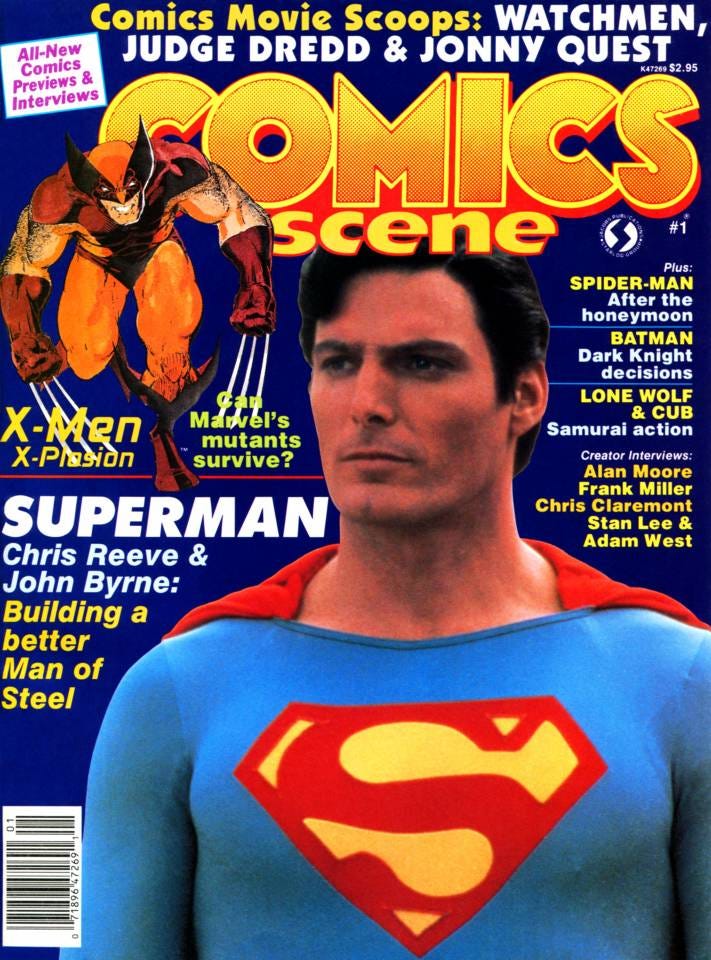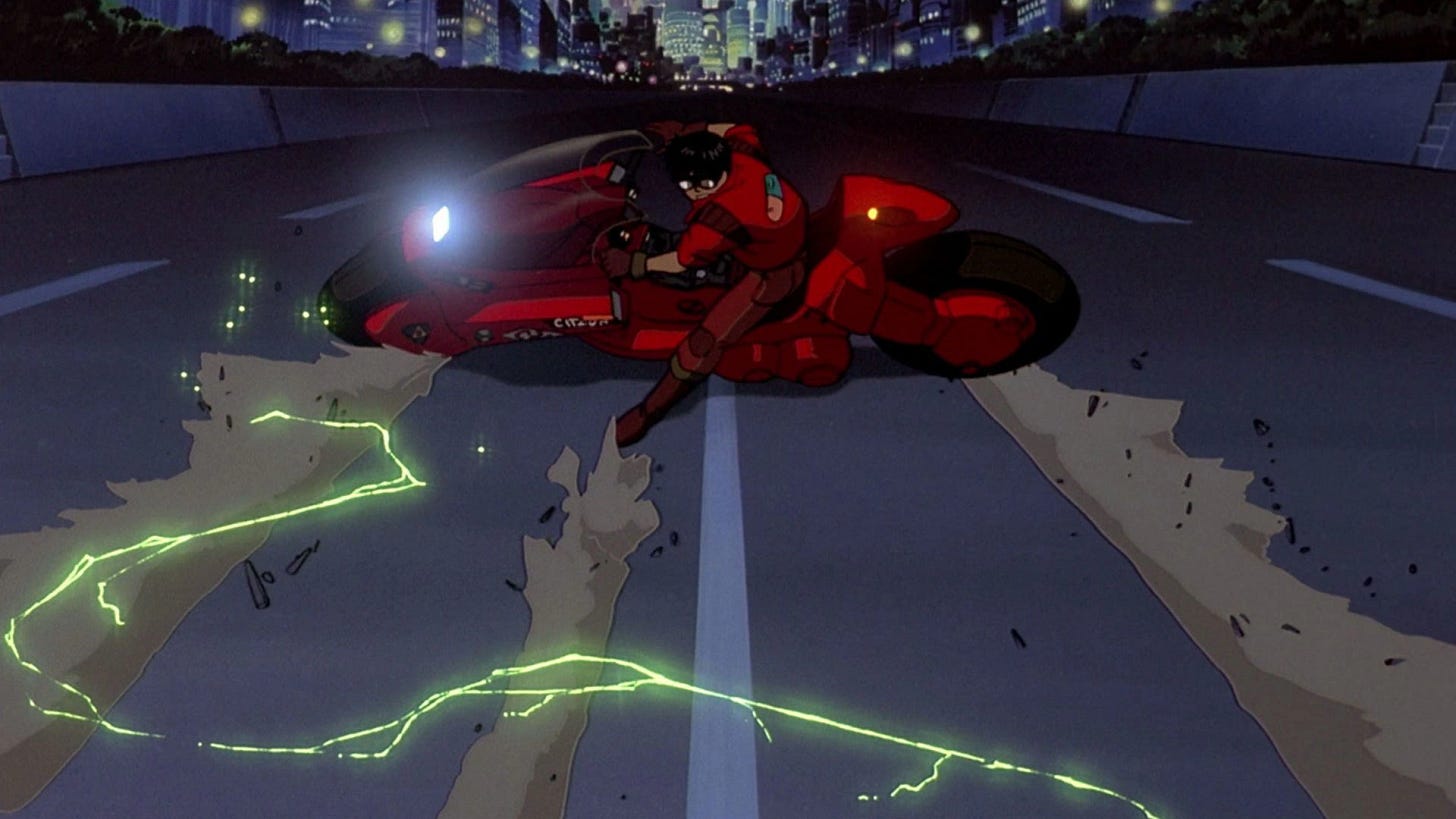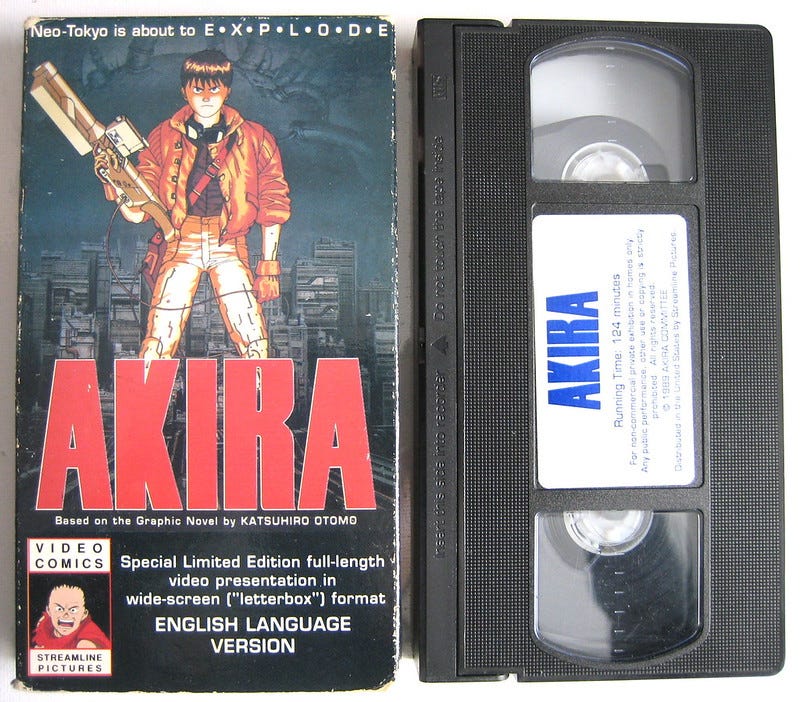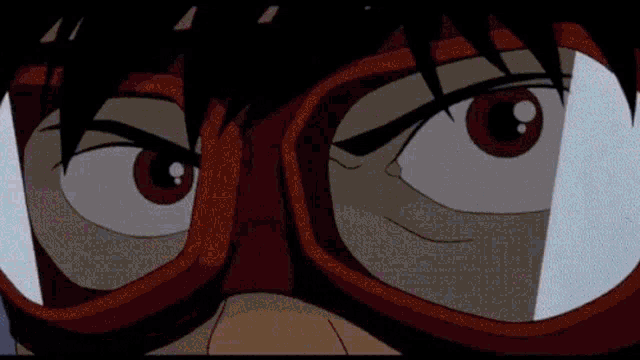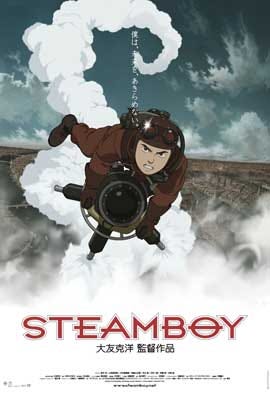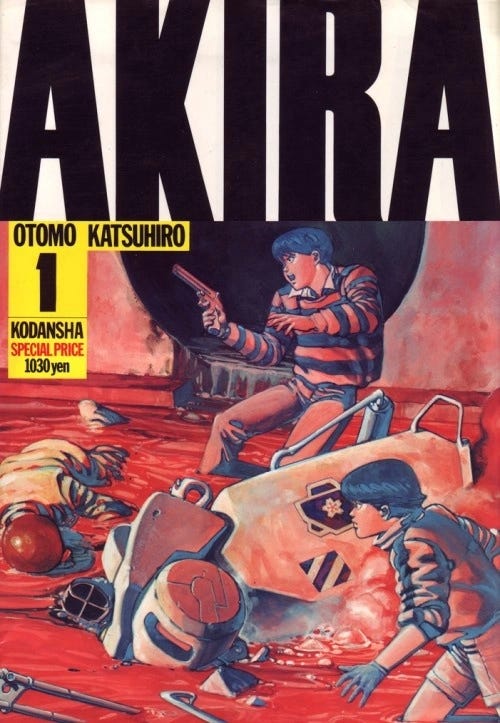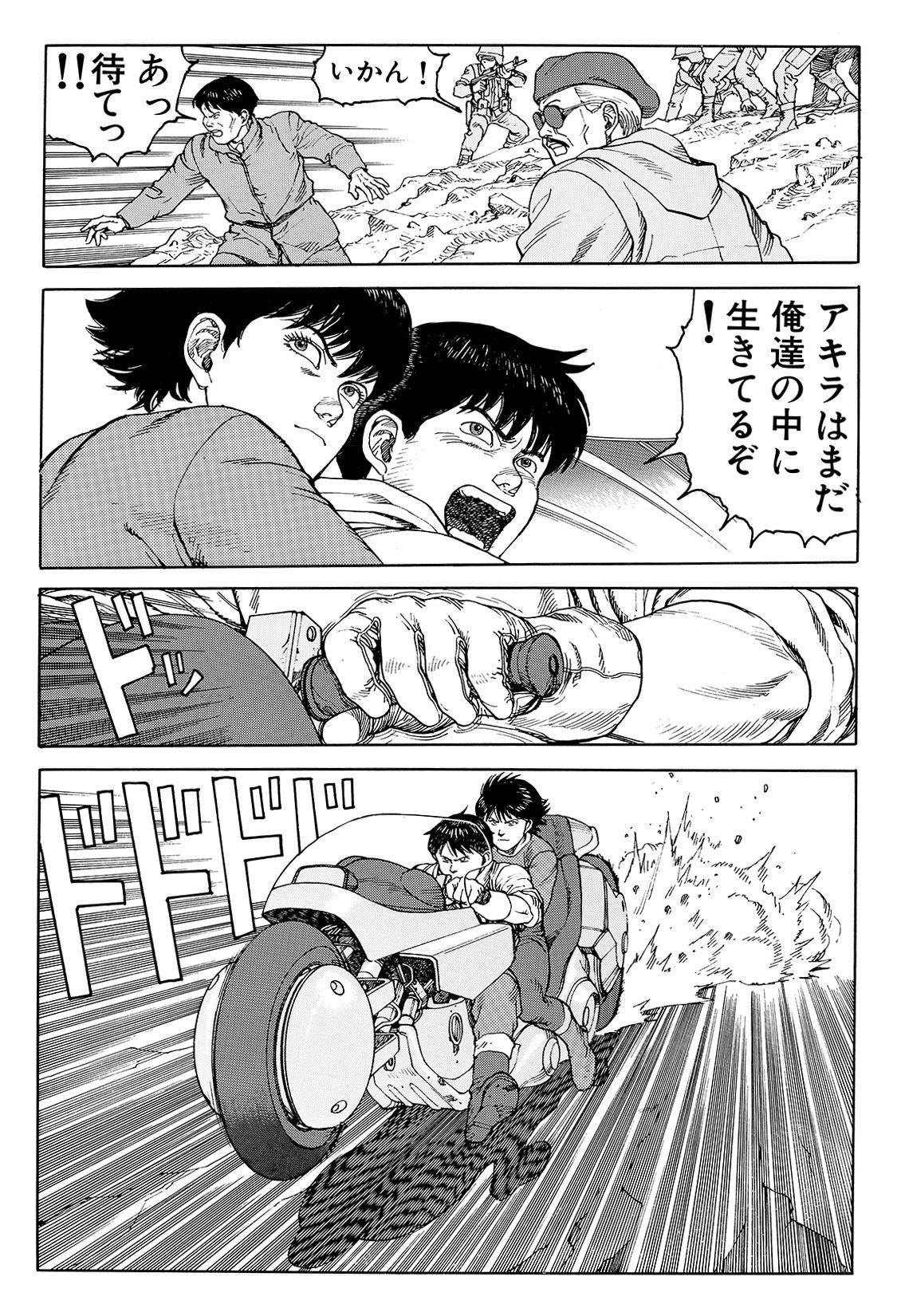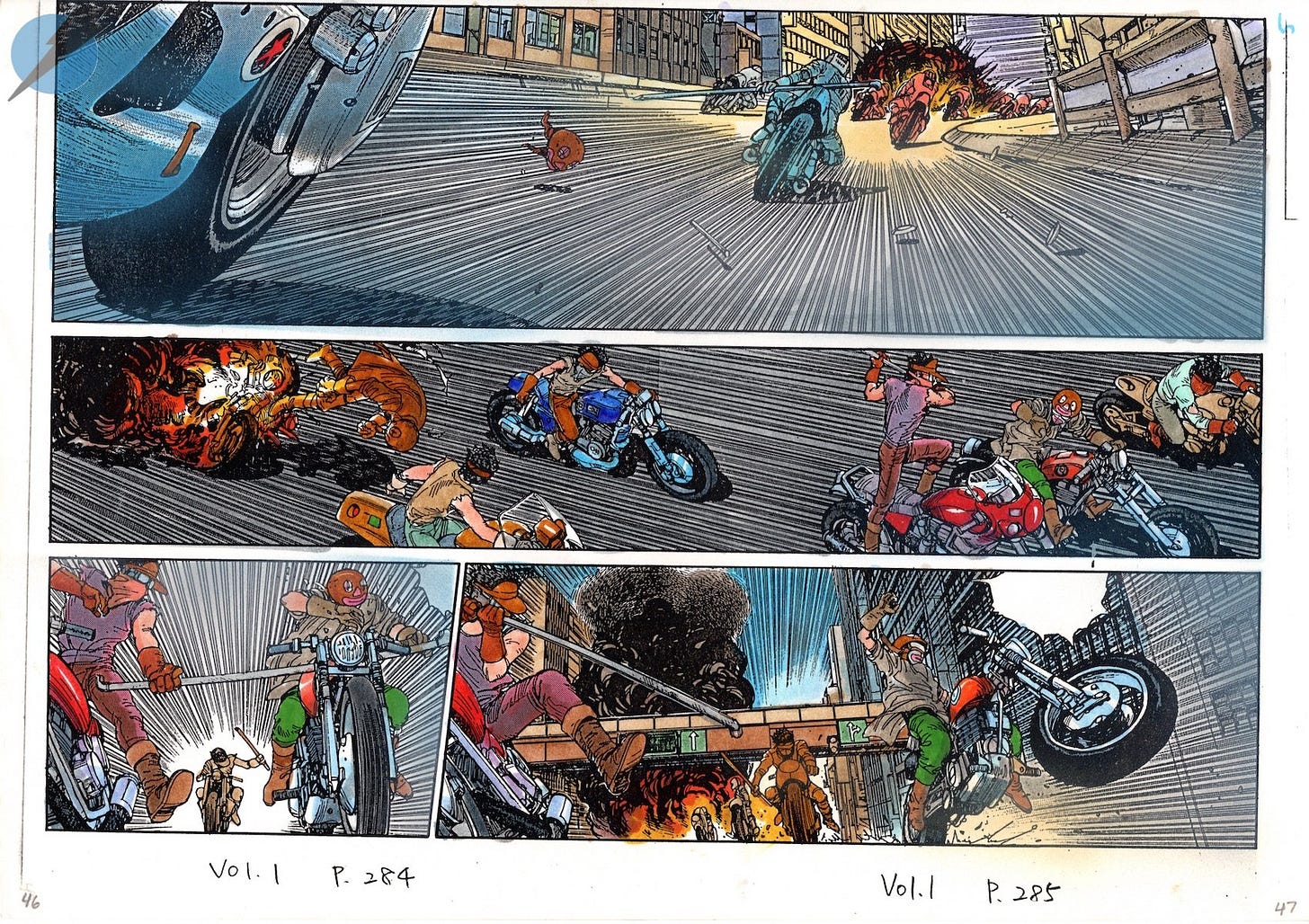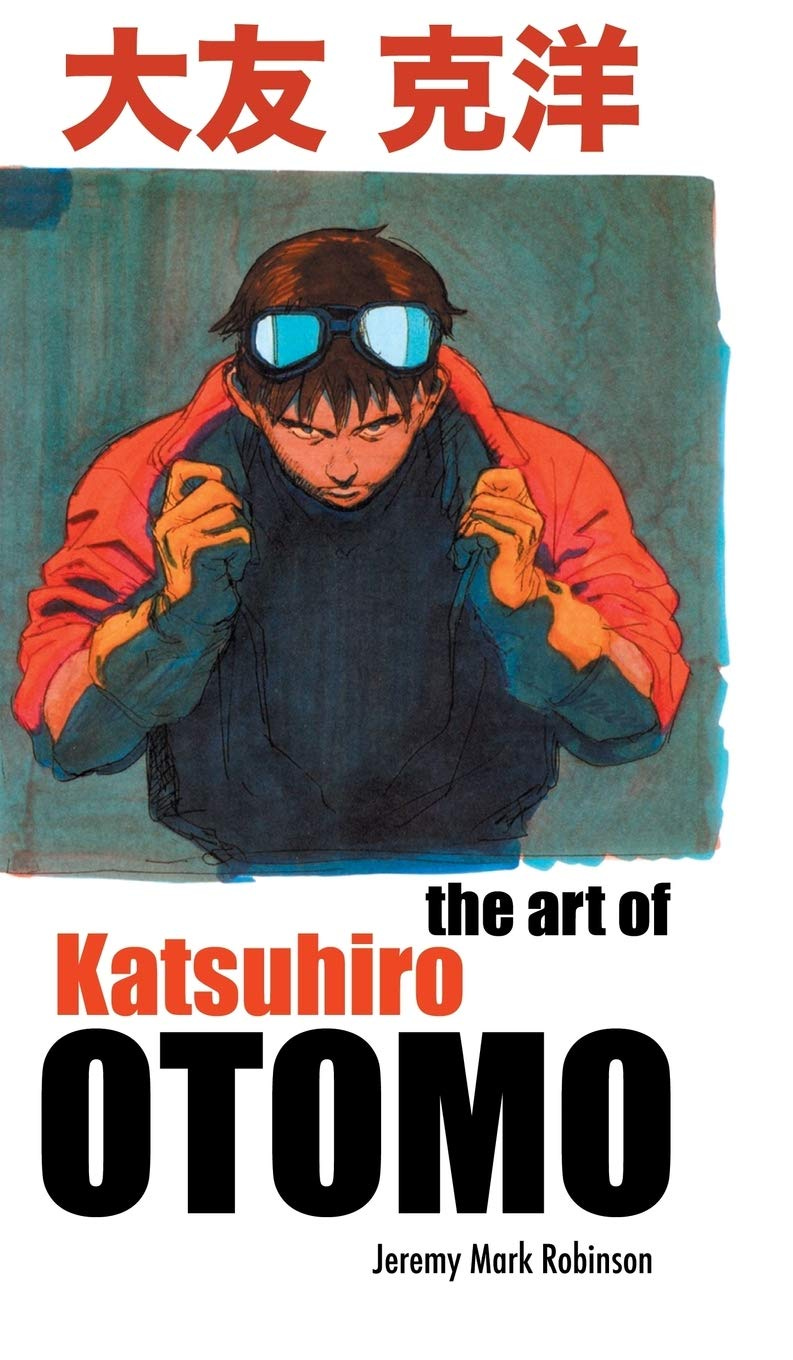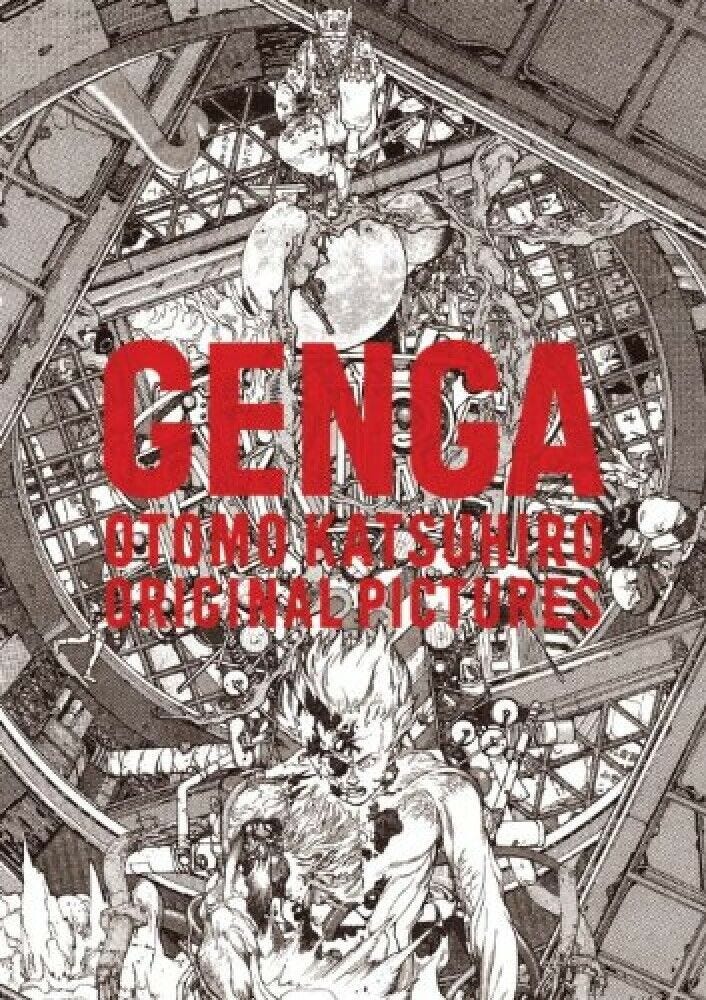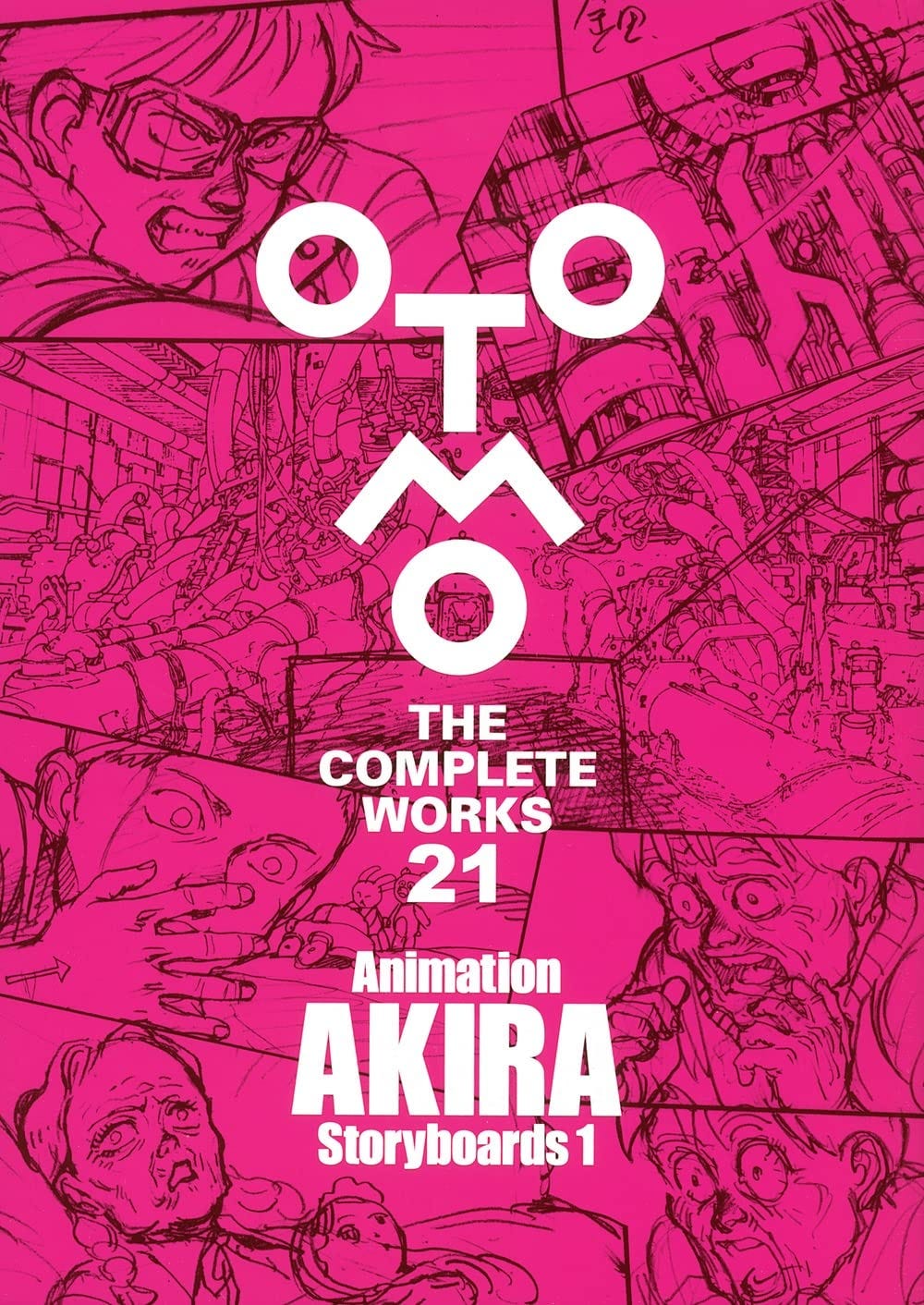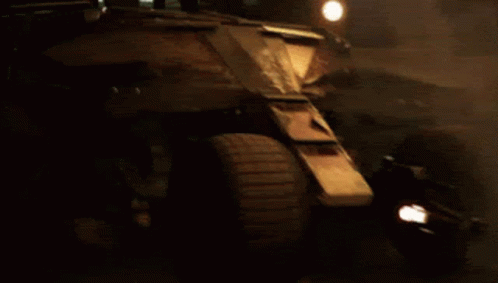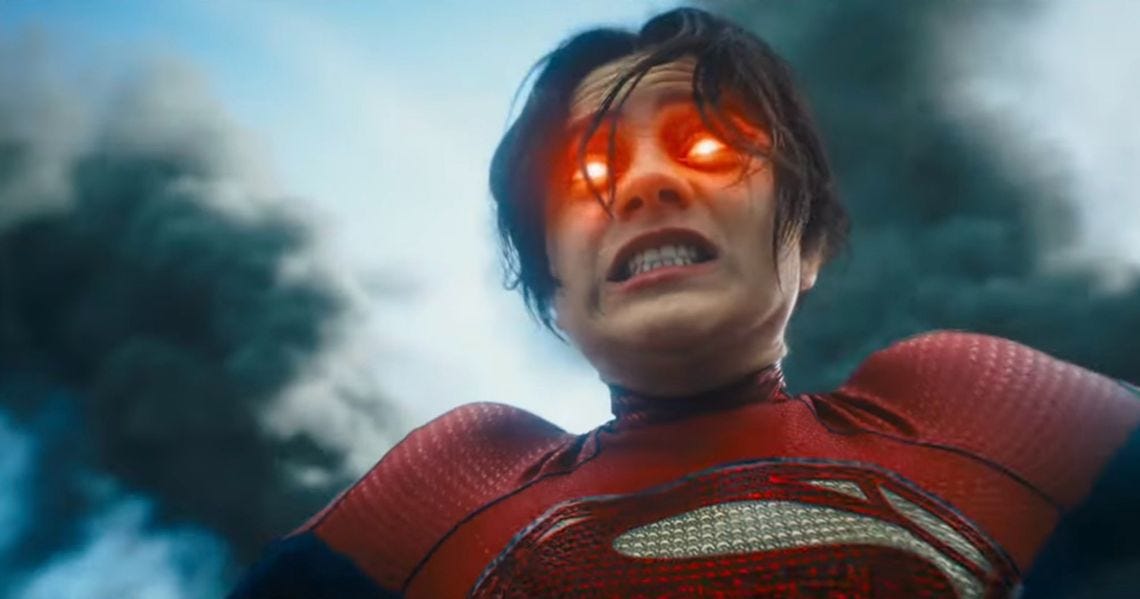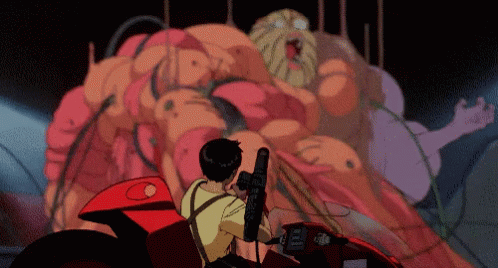What the %$^& is that?!!
35 years ago this week, the world was introduced to the anime phenomena that has been repeated, homaged, and straight-out copied more than most other media in the decades since:
Here’s the original trailer:
Note: Going forward, it might be best to continue reading this blog while playing THIS in the background.
It was about 33-34 years ago that I first discovered Akira thanks very specifically to… Comics Scene Magazine.
Comics Scene was a lifeboat to geek kids in the Midwest; offering interviews, news, and POSTERS for anything film, comics, or genre-related. I can’t remember if every issue had posters stapled in the center or if I had purchased a special all-posters issue of the magazine, but at the very center, buried amongst posters of hot American films and comics of the time, was this poster that was clearly a cel from an animated project. In it, a kid in red leather sits atop a sleek, red motorcycle as he skids to a stop.
In the corner was a title: AKIRA.
I had no idea what it was. I didn’t know if I ever would. But I hung that poster on my wall regardless. What an image, right? Electric, powerful, and exciting. I knew this kid was the coolest motherfucker I’d ever seen at that point (and maybe still.)
Cut to:
I don’t recall the details but I want to say I was at the mall one day, maybe a year or two later, and I wandered into Suncoast Video.
Suncoast, much like Spencer’s, was one of those mall stores I loved walking around in but never really purchasing from. It was a wonderland of movie imagery and media that I could consume and mentally catalog to revisit later. In the early 90s, it was also THE hot spot for popular anime, a genre/ medium that I hadn’t yet been introduced to beyond Robotech and whatever else American media companies had purchased and/or homaged for Saturday mornings at that time. You couldn’t get this stuff in too many other places so I perused Suncoast’s anime section and there it was.
It wasn’t just a poster on my wall.
It was real.
I made my first Suncoast Video purchase that day. Or, my parents probably did. They, and naturally I, didn’t know at the time that we were buying an animated film made for adults.
I went home and devoured this film. What I was seeing hadn’t been done before. Adult-level action and violence happening in an animated film. Sex, geopolitics, nudity, blood and (actual albeit animated) guts; the visual of a body getting desecrated by machine fire. It was like looking at God for a kid with my imagination and limited outlets and even more limited access to the larger world and other cultures.
But more importantly, the story was extremely adult; not pornographic (Which there’s nothing wrong with. You’re grown. Go live your life.) but rather dealing with addiction, abandonment, and caste system violence. Set in a futuristic Tokyo that’s reeling from a nuclear attack nearly 30 years prior, the city has become a military state where bike gangs run rampant. One gang, the Capsules, led by Kaneda, fights desperately to save their friend Tetsuo when he gets taken away by a government organization for experimentation and shit blows up from there. A lot.
I won’t say more than that. This blog about my discovery and adoration for the film was inspired pretty immediately upon listening to my friends Ashley V. Robinson and
‘s Geek History Lesson Podcast, in which they break down a lot of the film and its history in ways that were new to me (though I would gush a bit more about Yamagata. Where’s the love? 😎) I highly recommend their podcast as incredible entertainment and them as incredible humans in general.If you haven’t seen Akira, you should find it and watch it ASAP. It’s probably streaming HERE.
When I say it has been homaged ad nauseam, that’s no hyperbole.
This film blew my mind open and exposed me to people and stories that lie beyond our shores in such a way that I went back to Suncoast and bought more anime just based on their box art. I had no other barometer. Most of them were fun, but none of them reached the summit of narrative and visual quality that was Akira.
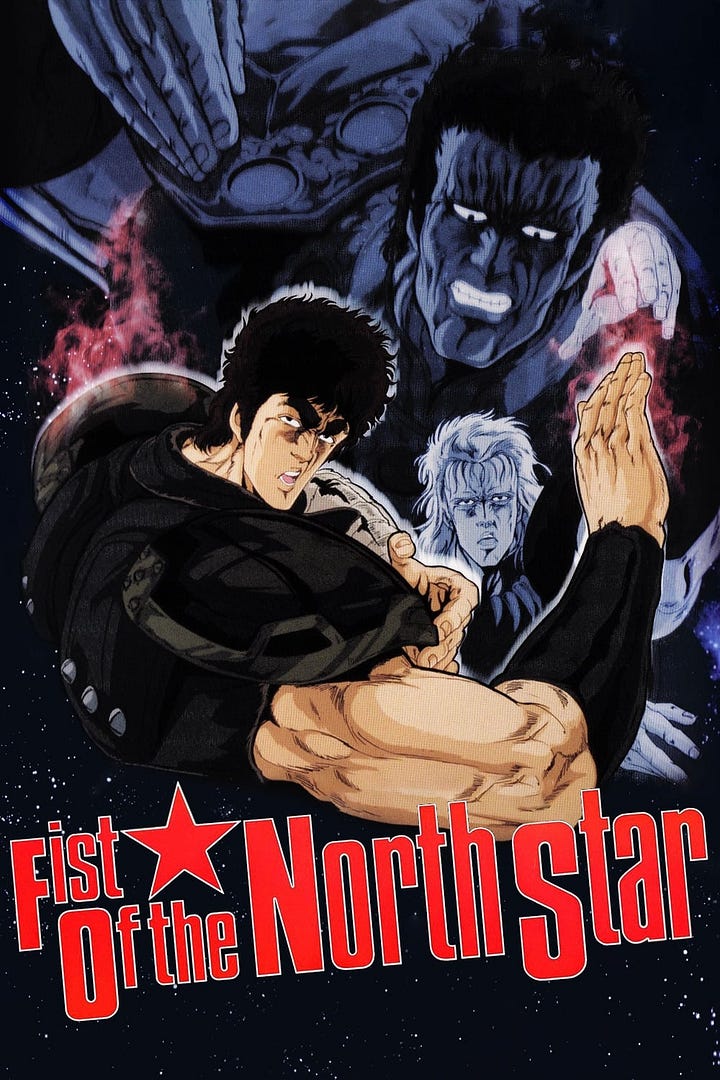
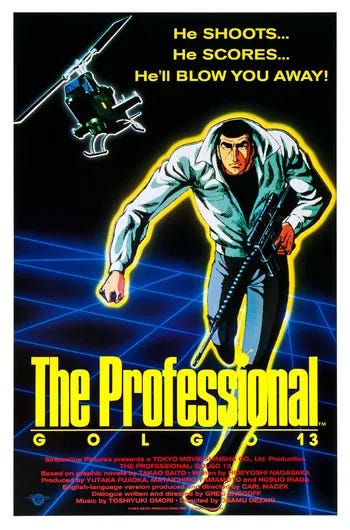
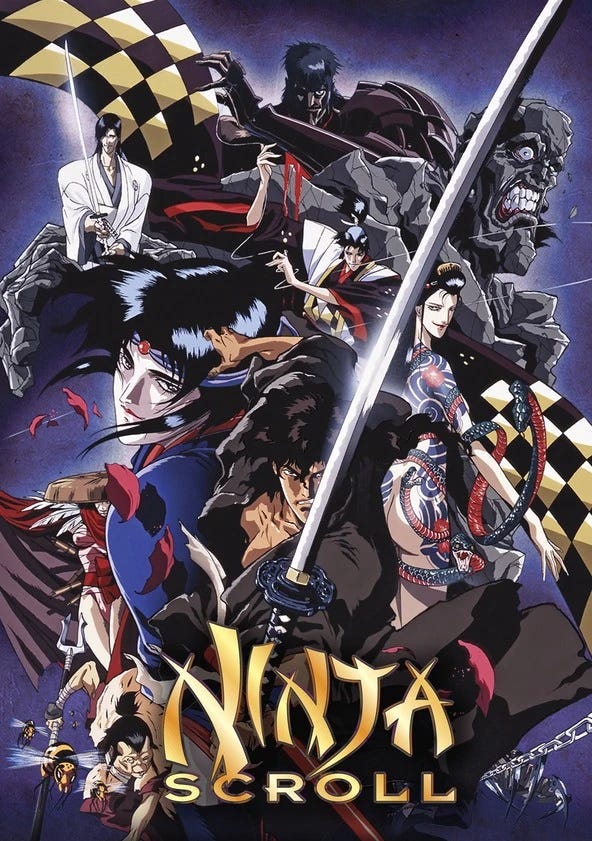
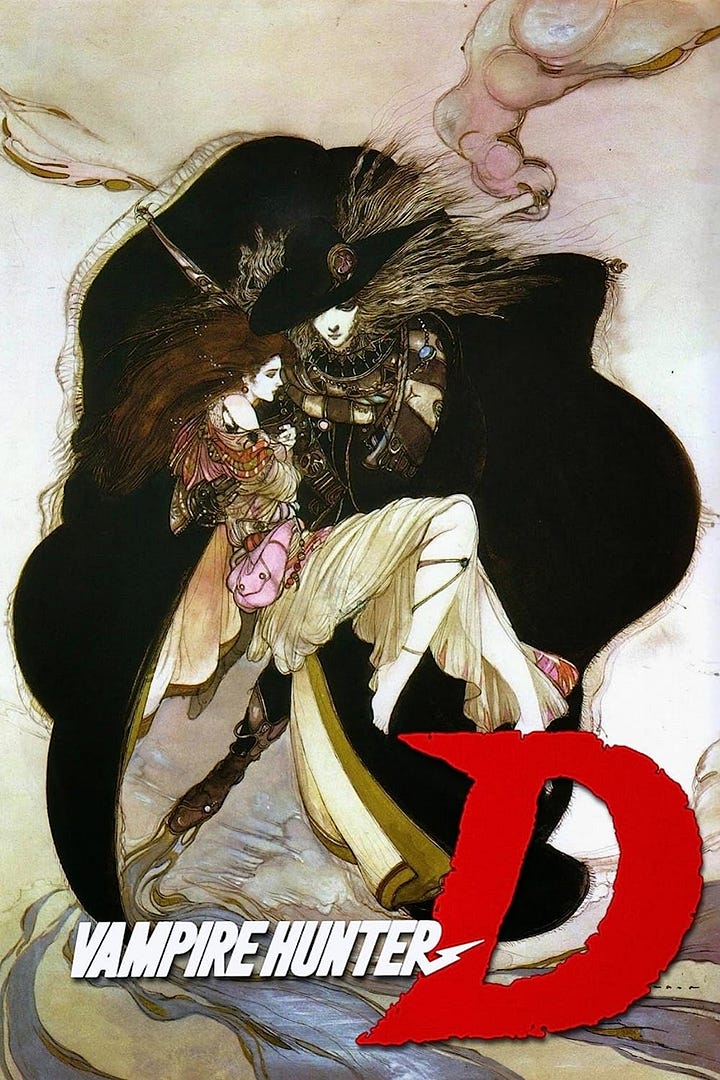
Eventually, I discovered and watched other animated films by Akira creator Katsuhiro Otomo, many of them short films that were part of various VHS collections.
I recommend all of these.



Otomo produced Robot Carnival, directing the two bookend chapters himself.
He also produced Memories and directed the short Cannon Fodder.
In Neo-Tokyo, Otomo directed the short Construction Cancellation Order.
In 2004, Otomo released his first feature film since Akira, Steamboy. A fun, more family-friendly (and unfortunately bloodless) romp that swapped out cyberpunk for steampunk.
Back to Akira. I purchased and watched the dubbed version of the Streamline Pictures release. There was probably a subbed version available too but I didn’t know any better at that young age and, for the longest time, that original dub WAS Akira to me. So much so that when Pioneer bought the US distribution rights, they had to redub it entirely because they didn’t own the original dub. The 2001 dub was SO different (and featured a few familiar actors as voices) that I think that was the impetus for me moving to sub-titles, thus changing and improving how I watched foreign films from that day forward.
Let’s talk comics for a sec
You probably already know but if you don’t, Akira the anime is based on Akira the manga (Japanese comics), both of which were created by Katsuhiro Otomo.
It’s every bit as kinetic and alive as the feature film and I didn’t read it for the longest time.
At the time of the film’s release, the manga had already wrapped up but Marvel was reprinting it in English and IN COLOR (by legend Steve Oliff who was hand-picked by Otomo. Read about his work on Akira HERE.) through their Epic Imprint. These comics were hard to get and I could only find scattered issues here and there in my area so I didn’t really read it.
Understand, I had to have all of a thing (of anything!) before I could even think about devouring it. It’s true. I started collecting Superman comics with Superman 41 (1987), part 1 of Day of the Krypton Man arc, a very strange place to start reading Superman comics from. So while I continued collecting from that point forward, I went to the flea market and slowly purchased every back issue leading back to the Byrne relaunch with Man of Steel before promptly sitting down and catching up on Superman’s story. This was probably an early indicator of ADHD that I didn’t realize.
Eventually, Graffiti Designs, who made apparel and merchandise for comics at the time, intermittently collected and released Marvel’s Akira issues in beautiful hardcovers. They were expensive for a kid like me but I saved or found a way to buy them.
UNFORTUNATELY… Marvel never finished reprinting the series which means, as you can see above, Graphitti never put out a final collection. I didn’t love that. Eventually, Dark Horse recollected the series in black n white. Thankfully, their trade paperbacks collected the same issues as the Graphitti volumes so, with their sixth volume, I finally had the whole story. It’s an oddball, patchwork collection but.. that’s comics.
Much like with anime, I needed to know if Otomo made other comics and, if so, I had to have them. The only two that jump to mind, that I know I owned, were Domu: A Child’s Dream (which I still have in tpb), which Otomo also drew, and The Legend of Mother Sarah (which I do not have anymore), which he did not illustrate.
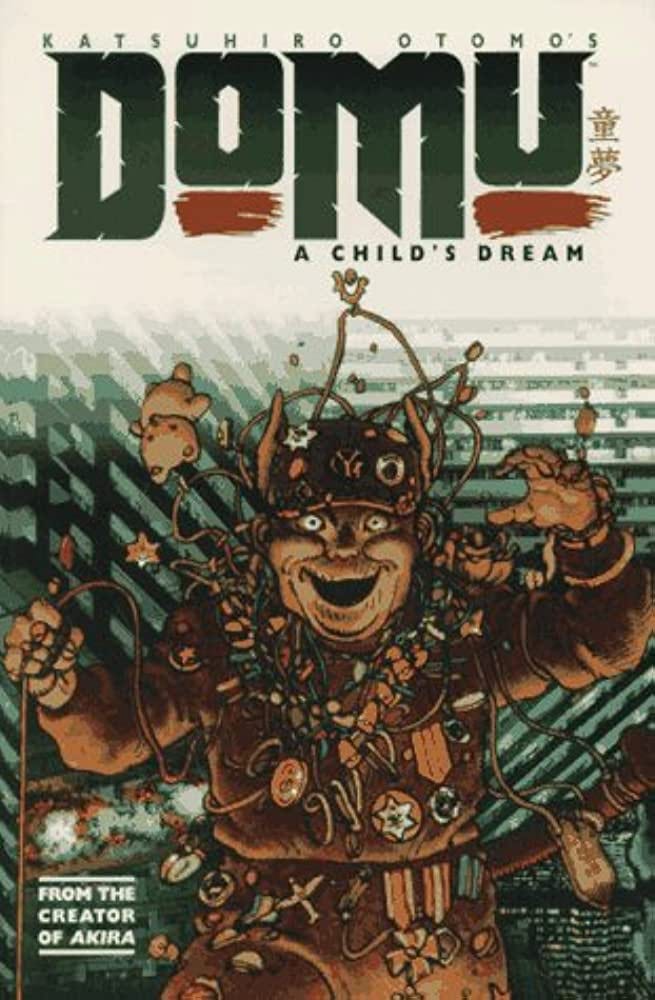
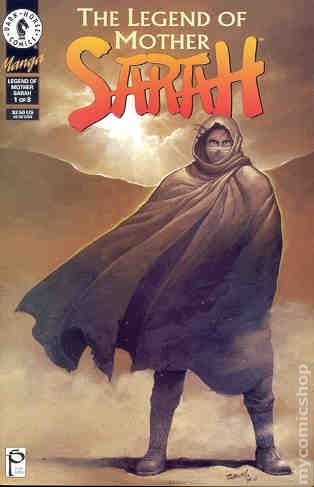
Which brings us to today.
I love Akira. I have apparel here and there but my prize possessions are those hardcovers and my blu ray that I try to pop in for an annual viewing. I know I don’t talk much about Otomo himself here but that’s only because I don’t actually know that much about him beyond the fact that his visual sensibilities fill me with light and I wish he would put out more manga and anime. There’re a few books about him and his work that are worth seeking out.
I don’t own those either but they’re ever in my Amazon lists.
And of course, there’s the 35th Anniversary Box Set
The man is a certifiable genius. I like to imagine what a video game with the resources that Hideo Kojima has would like like from him.
Influences in cinema
Before we go, I want to point out that you don’t have to look too hard or far to see Akira everywhere. Its influence is everywhere.
From The Dark Knight…
…to 2012’s Chronicle…
…to Ready Player One…
…and even in the Supergirl breakout scene in the recent Flash film
But NO ONE gets the assignment more than Michael B. Jordan who directed Creed 3.
The man loves anime so much that it’s in the DNA of every frame, which is likely why Creed 3 is the best of the franchise. 🤩
That’s all I’ve got today.
Sticking around in the comments?
Tell me where you first discovered Akira and Otomo. Peace out.
Then, of course…





